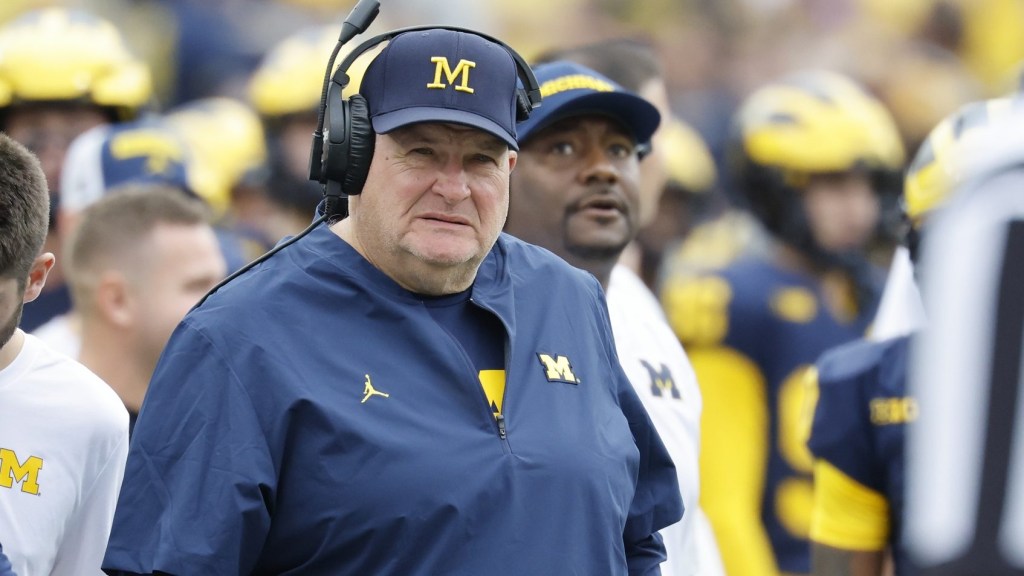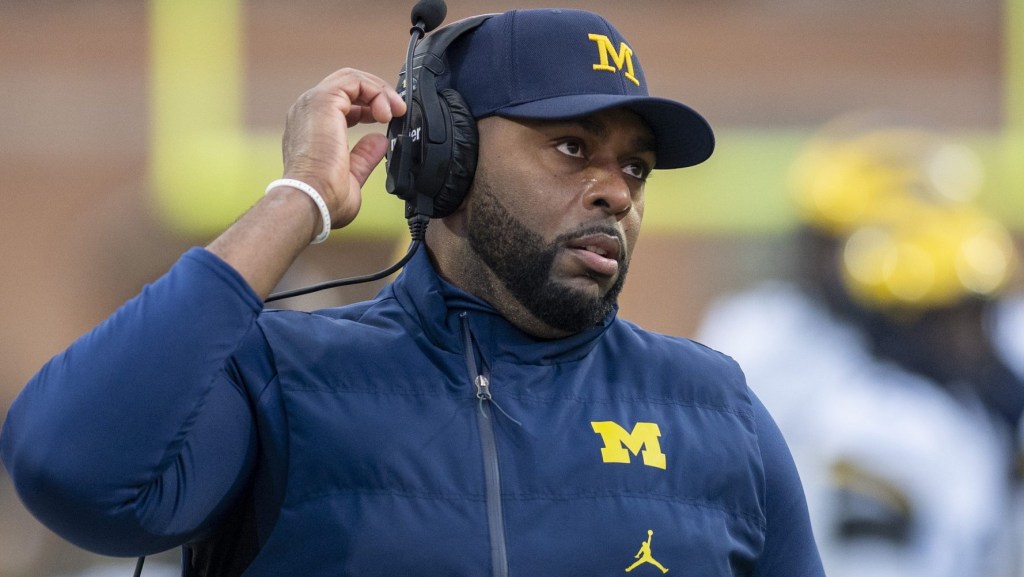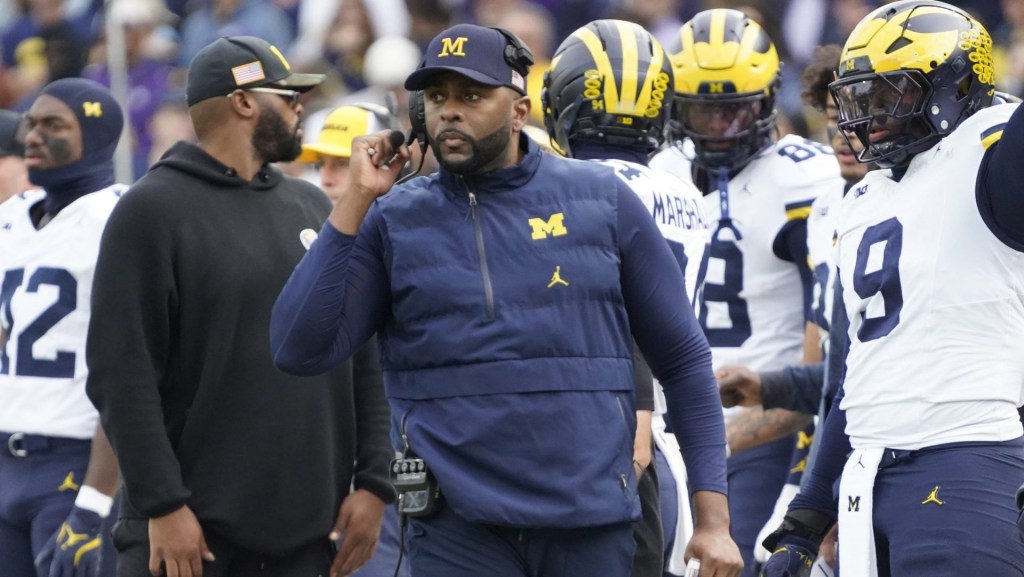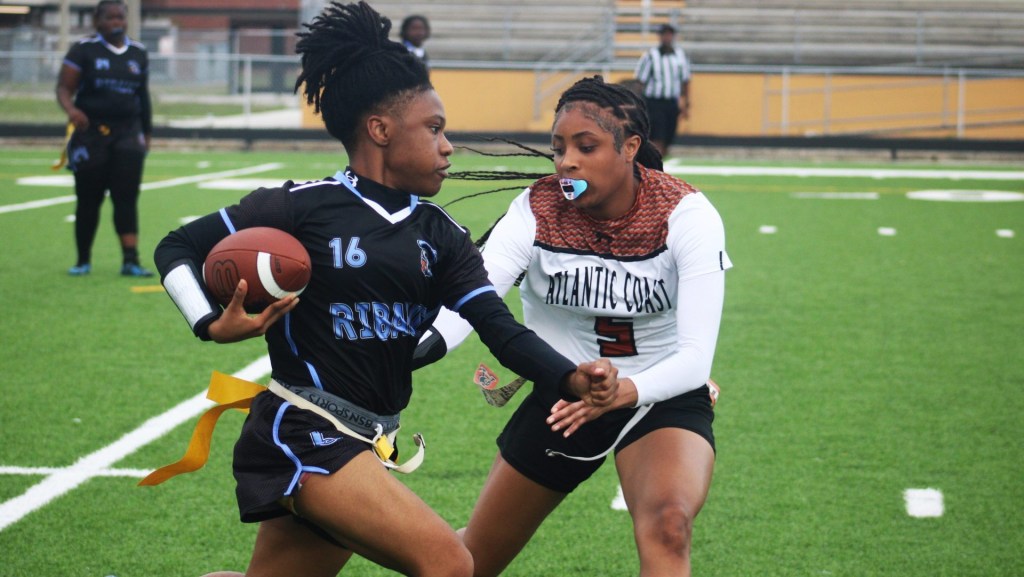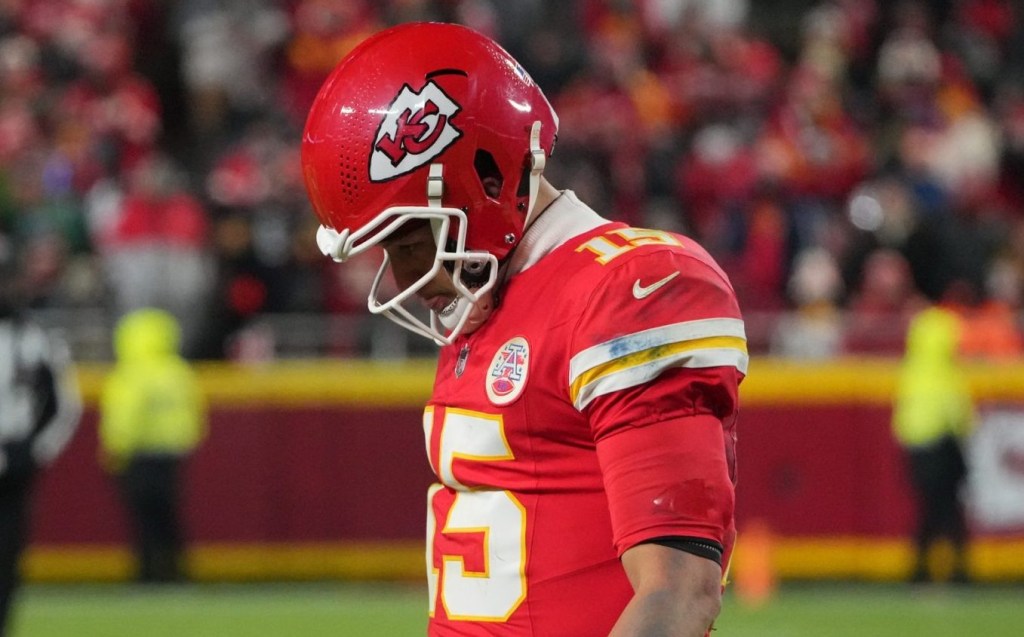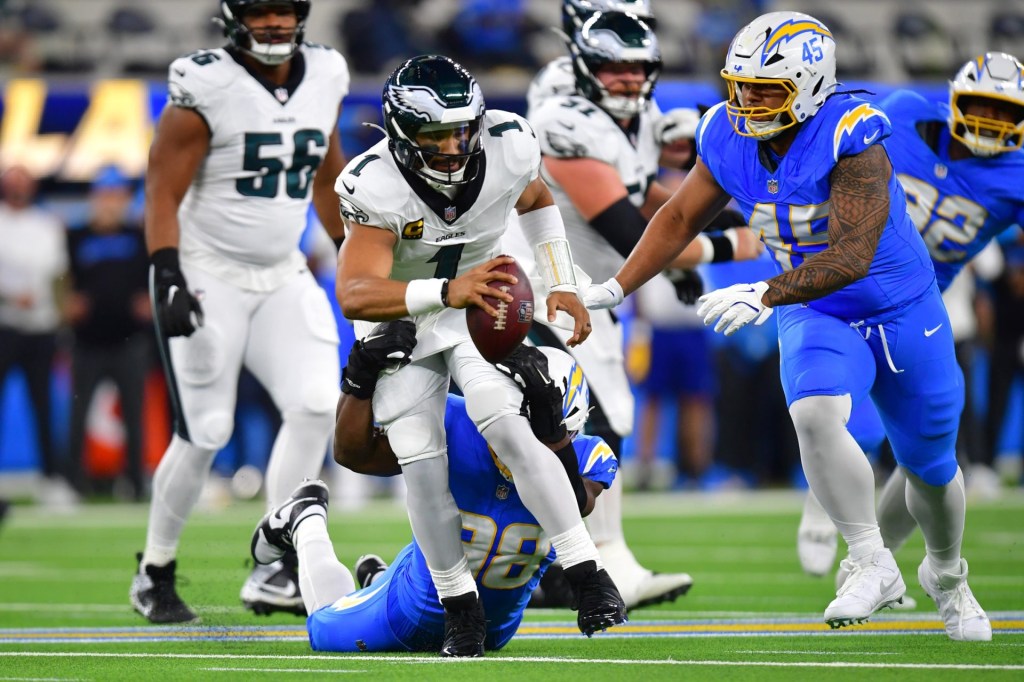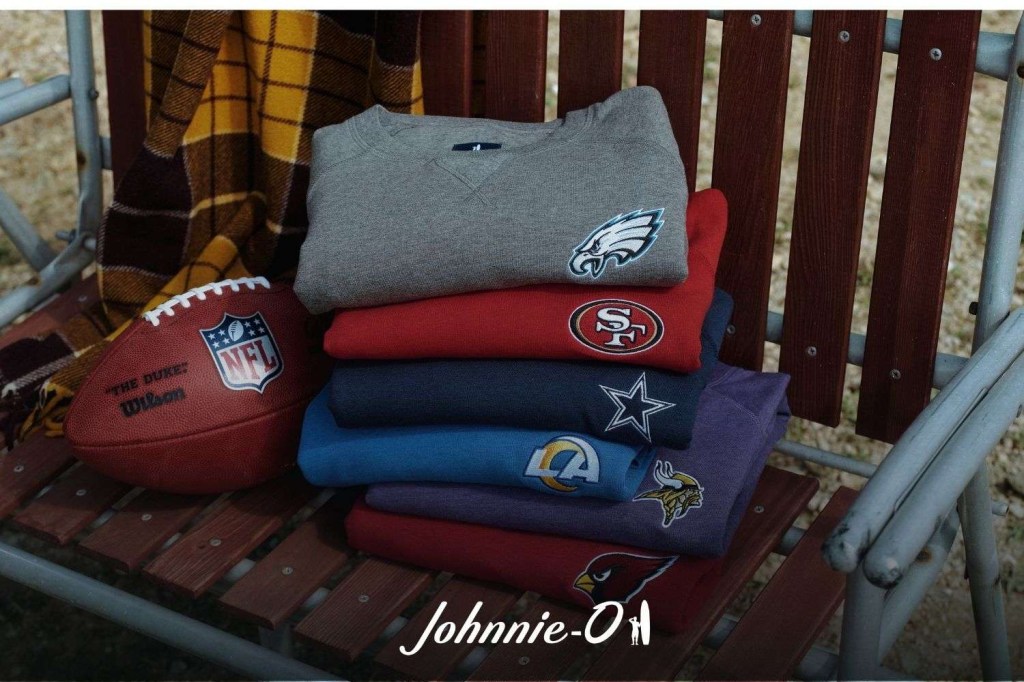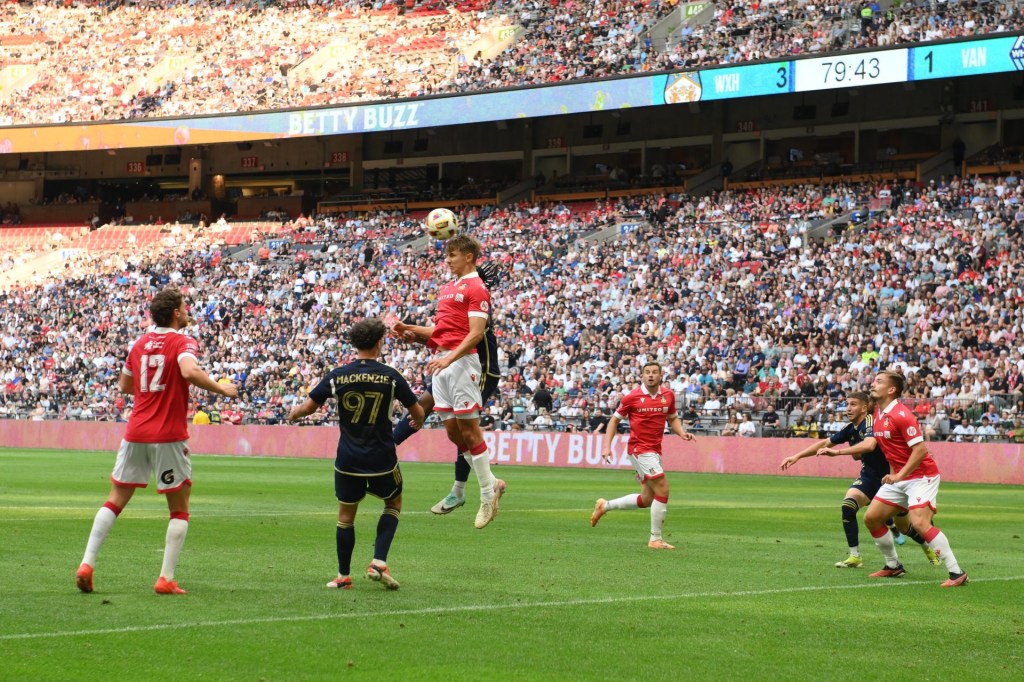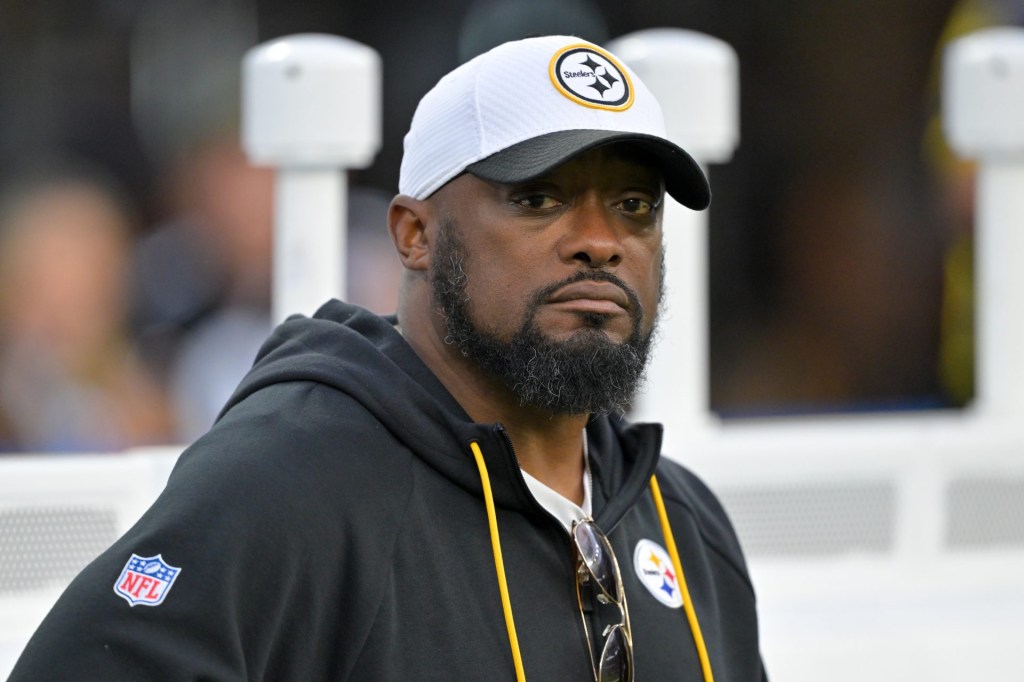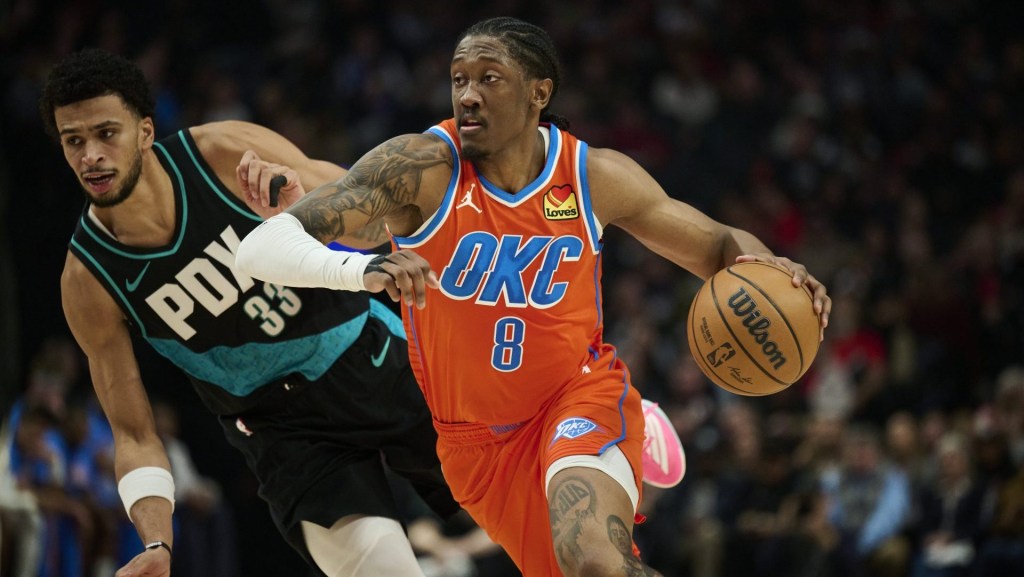Bengals wide receiver Tee Higgins might be in exclusive company this NFL offseason.
The league’s window for teams to apply the franchise tag to players opened on Tuesday and closes on March 4. The Bengals are planning on slapping Higgins with the non-exclusive tag for the second year in a row, Sports Illustrated reported Monday.
ESPN’s Adam Schefter said Tuesday that it looks to be a “quiet tag cycle, with minimal tag options.” He listed three possible teams that could use the tag: Higgins’ Bengals, the Vikings (with QB Sam Darnold) and the Chiefs (with guard Trey Smith.) And Vikings coach Kevin O’Connell said earlier this month that Darnold has “earned the right to be a free agent,” meaning that if Higgins does get tagged, he might be the only player to be so. That would be a steep drop from recent years; usually, a half-dozen players or more are tagged. Nine players were tagged in 2024, and there hasn’t been a winter without a single tag since 1996.
The franchise tag is a tool at NFL teams disposal that allows them to retain their top contributors without losing them in free agency. A tagged player receives a one-year contract and has until July 15 to agree to a long-term deal, otherwise the player will play on a one-year deal, according to NFL rules.
The tag has three applications: exclusive, non-exclusive and transition. Exclusive tags prevent a player from seeking an offer sheet from another team while non-exclusive, the most common tag, allows players to seek offer sheets from other teams. The tagging team has the right to match any offer sheet, and would receive two first-round picks as compensation if the player leaves. The transition tag is similar to the non-exclusive tag, but pays less, and doesn’t come with draft compensation.
The value of a tag varies by position and the type of tag used. Each tag pays whichever of the two sums is greater:
- Non-exclusive tag: 120% of previous salary, or average of the top five salaries at their position over the past five years
- Exclusive tag: 120% of the player’s previous salary, or the average of the current top five salaries at their position.
- Transition tag: Average of the current top ten salaries at their position.
For quarterbacks, the nonexclusive franchise tag pays $41,325,000 while a tagged running back would make just under $12 million.
Signing Higgins with the non-exclusive tag would cost the Bengals $25,693,000 or $22,523,000 with a transition tag. Higgins played the 2024 season under the tag for $21,816,000.
Should Higgins go untagged, it would be the first year since 1996 that no NFL player was tagged in an offseason, according to Spotrac. Nine players were tagged in 2024, two of which were later traded, including Giants pass rusher Brian Burns, whom the team acquired from Carolina.
Some teams lean on the tag more than others. The Super Bowl champion Eagles have not used it since 2012 with DeSean Jackson, who is now the coach at Delaware State.
The runner-up Chiefs could use the tag on offensive lineman Trey Smith, but doing so would limit their cap space to re-sign other free agents. The Ravens, one of the NFL’s savvier cap teams, have used it in recent years, including on Lamar Jackson, but don’t have the cap space to do so this year.
A player can be tagged three times, but it hardly ever happens because the percentage of the salary cap the tag absorbs makes it too financially too costly. If it is applied, Higgins would be the first player the Bengals used the tag on multiple times. No player the Bengals have tagged has played beyond the tag, according to Pro Football Talk.
The historically frugal franchise has only signed one tagged player to a long-term deal, wide receiver Carl Pickens in 1999. Pickens signed a five-year deal after playing under the tag only to be waived a year later.
The Bengals’ contract drama with their wide receivers is well-documented. Higgins was unhappy with his franchise tag a year ago after seeking a long-term deal and requested a trade before playing the season. Ja’Marr Chase sat out training camp and eventually returned to the team without a long-term deal of his own.
Chase is seeking a $40 million per year deal with his next contract, which is why the Bengals could tag Higgins to buy another year before having to try and pay both wideouts.
Star quarterback Joe Burrow, who led the franchise to Super Bowl LVI, has supported both of his teammates in their contract disputes. When Burrow has both players healthy and on the field with him, the Bengals’ offense has hummed. Burrow has offered to restructure his own contract as a way to help retain both players.
“Whenever a great player leaves you wish you could have found a way to keep him,” Burrow said in December. “You don’t want to make a living out of letting great players leave the building. And I think that’s why you gotta do everything you can to get those deals done early.”

